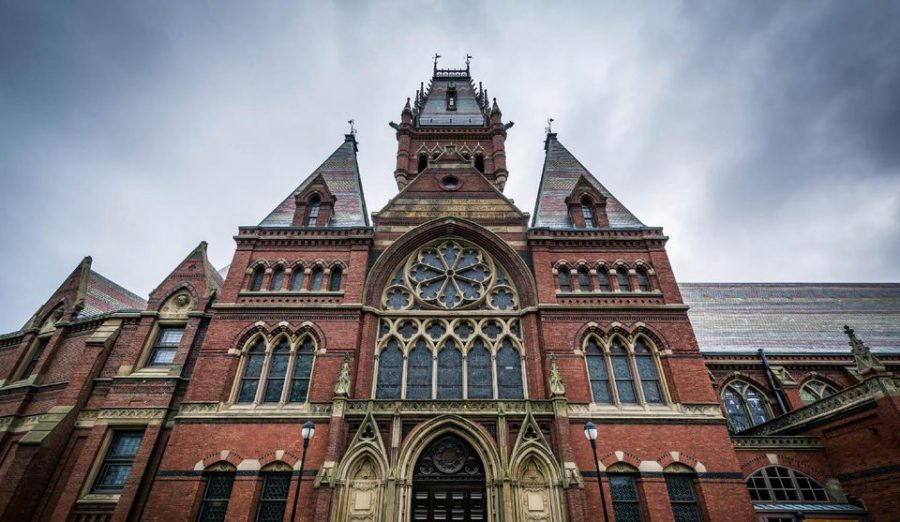You Can’t Survive it Without a Private
May 24, 2019
When one thinks of top universities, the schools that come to mind are a mix of private and public schools: Stanford, Harvard, Berkeley, UCLA. Yet, the differences between publics and privates date back to the 1600s, when education was established in the United States as an elite network of Christian institutions. Unlike other countries, which started with public education, public schools only became available in the U.S. in the 1860s, when the government set resources aside for funding. Today, over five million students attend private universities, while about 15 million attend public universities. While the sticker price of public universities may appear much lower than private universities, the benefits of going to the latter outweigh the costs as private schools are the best fit for students who seek for a smaller community of learners and a larger network of alumni.
The smaller student population at private schools allow students to have better resources, such as small class size and curriculum flexibility. The STAR (Student/Teacher Achievement Ratio) program hosted in Tennessee, the first large-scale experiment on class size conducted 20 years ago, reveals that small class sizes have positive effects on students and allow them to be ahead of larger class counterparts. The National Education Association also reports that even with instructional aides in larger classes, the students did not perform as well as those in smaller classes. At UC Santa Cruz last year, the overpopulation of students has led Santa Cruz to ask faculty in the area to open extra rooms in their homes for students who were on the housing waitlist.
As a result of a stronger focus on students, most private universities have more cohesive alumni networks that provide students a foot-in-door effect to obtain jobs in the competitive market. Since private schools are primarily funded through tuition and alumni donors, the family legacy of alumni builds up the social network for students while they are at the school and post-graduation. Students at private institutions obtain experience through internships more easily than their peers are public schools, as the extended alumni network may help them scout such opportunities. Today, more students are getting a 4-year degree than ever before, which leads many students to take on a master’s degree, PhD, or an MBA alongside a job. At a private school, students are equipped with better resources in order to succeed after graduation.
While state schools are “diverse” with mostly a jumble of students from the same state, private schools are more diverse with students that come from all across the country and internationally. State schools subsidize tuition only for residents in-state, and set quotas for how many students have to come from the state each year, leaving little room for diversity from other areas. For example, Georgia Tech, a public school in Atlanta, has a student population made up of 60% in-state students and 40% out of state or from another nation. According to the Queen’s University, diversity is important as students work better in diverse environments, which enable them to push themselves further when there are people of other backgrounds working alongside them. Additionally, diversity promotes creativity, and allows students to interact with different viewpoints and collaborate to create solutions.
While some may argue that the average cost of price public universities is significantly lower than those of private schools, not all public schools are cheaper. The College Board cites that the average cost for private schools in 2017-2018 was about $35,000 and the average cost for public schools for state residents was $10,000. However, UC Berkeley and UCLA cost about $35,000 a year with tuition and housing costs, which is the same cost as the average private school. If students have trouble graduating public school due to overpopulation of students and inability to take required classes to graduate, staying back would cause the overall tuition to cost the same as a private school.
Others may argue that private schools are not worth the expensive price that does not guarantee a return on investment. Though this may be true for some private schools, the majority offer need-based financial aid. With the Common Application, applying to college has become easier than before, and students can easily compare offers from multiple schools to compare the price of colleges and determine which one has the best value.
Ultimately, it comes down to one’s own choice to attend a private or public school, and each student’s experience will differ based on personal preferences. Rather than forming an opinion on private schools by paying attention to a couple scandals from USC and Stanford, I urge students to consider each school and its resources, private or public, before making a decision.










